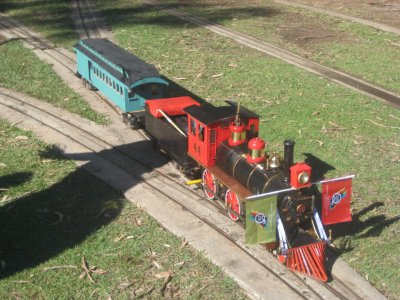Hi all,
About to put a new set of rings in a 5 inch gauge steamer, it is running through a cast iorn cylinder with semi superheated steam. the original was a streight o ring which gave out (understandably).
I have been looking at a few replacement material options they are as follow.
I think cast iorn will kill my poor machine so that is out.
http://www.quicksales.com.au/ad/750-chb-50-x-25-x-183-mm-steam-lathe-model-weld-drill-og/332687
http://www.quicksales.com.au/ad/delrin-black-50-dia-x-250-mm-lathe-mill-model-weld-bike-4-x/430385
Open to any other suggestions, I had heard teflon is quite good
Rob
About to put a new set of rings in a 5 inch gauge steamer, it is running through a cast iorn cylinder with semi superheated steam. the original was a streight o ring which gave out (understandably).
I have been looking at a few replacement material options they are as follow.
I think cast iorn will kill my poor machine so that is out.
http://www.quicksales.com.au/ad/750-chb-50-x-25-x-183-mm-steam-lathe-model-weld-drill-og/332687
http://www.quicksales.com.au/ad/delrin-black-50-dia-x-250-mm-lathe-mill-model-weld-bike-4-x/430385
Open to any other suggestions, I had heard teflon is quite good
Rob


